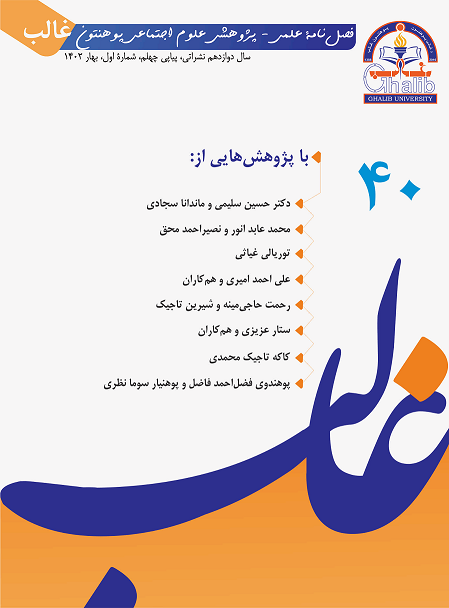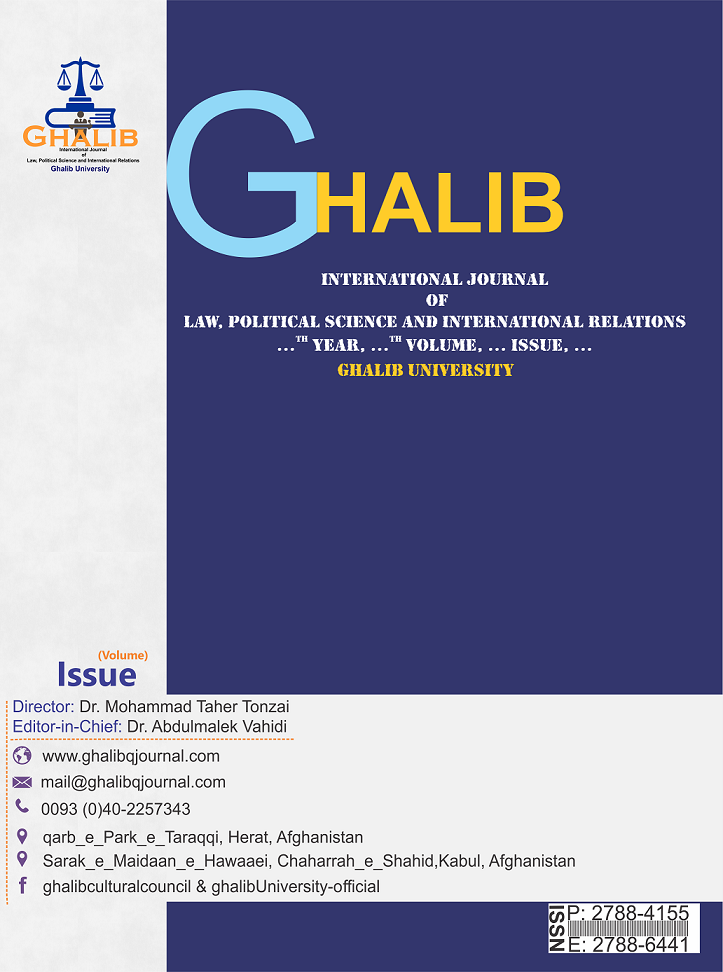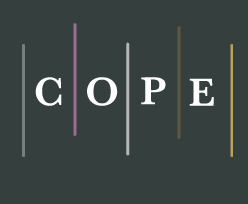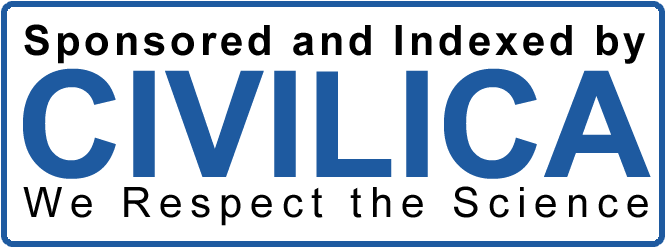Survival and Sustainability Strategies for Organizations in Volatile Environments
DOI:
https://doi.org/10.58342/ghalibqj.V.40.I1.2Keywords:
Ghalib University, survival and sustainability strategies, volatile environmentsAbstract
The entire planet resembles a little town. Changes in one area will have an influence on everyone. More importantly, these changes will also have an impact on the majority of organizations and industries, resulting in instability. It is thus necessary for these organizations and industries to adapt to these changes in order to survive and remain sustainable. This would necessitate a set of tactics capable of ensuring their existence and sustainability. All things considered, this research is useful in terms of its purpose, and it investigates Ghalib University's survival and sustainability measures in-depth and determines the significance level of each strategy.
The qualitative and quantitative data from this functional research were examined utilizing a hierarchical research technique and Expert Choice data analysis software. The study data is obtained by questionnaire and is based on a preceding review of the concept's literature. The initiatives are prioritized by a committee of specialists on Ghalib University's administrative panel. According to the findings, the most important measures for Ghalib University to remain viable and ensure its survival are modernization, expenditure control, and a wide range of services and products.
References
Adim, C. V. & Ekpa, I. H. (2020). "Crisis response strategies and organizational survival: A case of Dana Air Nigeria Limited". The Strategic Journal of Business & Change Management, 7(4), 1567-1582.
Akinyele, S. T, & Fasogbon, O. I. (2010). "Impact of strategic planning on organizational performance and survival". Research Journal of business management, 4(1), 73-82.
Allen, M. W., & Caillouet, R. H. (1994). "Legitimation endeavors: Impression management strategies used by an organization in crisis". Communications Monographs, 61(1), 44-62.
Bharijoo, S. M. (2005). "Organizational change: an emerging need for survival and success". Journal of Nepalese Business Studies, 2(1), 81-86.
By, R. T. (2005). "Organizational change management: A critical review". Journal of change management, 5(4), 369-380.
Chenhall, R. H., & Langfield-Smith, K. (1998). "The relationship between strategic priorities, management techniques and management accounting: an empirical investigation using a systems approach". Accounting, organizations and society, 23(3), 243-264.
Cooper, R. (1995). When lean enterprises collide: Competing through confrontation. Harvard Business Press.
ElMaraghy, H., Schuh, G., ElMaraghy, W., Piller, F., Schönsleben, P., Tseng, M., & Bernard, A. (2013). "Product variety management". Cirp Annals, 62(2), 629-652.
ElMaraghy, H. A., & Wiendahl, H. P. (2009). Changeability–an introduction. In Changeable and reconfigurable manufacturing systems (pp. 3-24). Springer, London.
Fligstein, N., & Dauber, K. (1989). "Structural change in corporate organization". Annual review of sociology, 73-96.
Herat Ghalib University strategic plan (2020-2024). Available On:
https://ghalib.edu.af/ckeditor/kcfinder/upload/files/% 20.pdf. [01/22/2023].
Govindarajan, V., & Shank, J. K. (1992). "Strategic cost management: tailoring controls to strategies". Journal of Cost Management, 6(3), 14-25.
Hinings, C. R., Thibault, L., Slack, T., & Kikulis, L. M. (1996). "Values and organizational structure". Human relations, 49(7), 885-916.
Massey, J. E. (2001). "Managing organizational legitimacy: Communication strategies for organizations in crisis". The Journal of Business Communication (1973), 38(2), 153-182.
Moran, J. W., & Brightman, B. K. (2001). "Leading organizational change". Career development international, 6(2), 111-119.
Petrović, I. B., Vukelić, M., & Mol, S. T. (2021). "A critical perspective on career shocks in a volatile environment: Red Cross staff and volunteers aiding migrants on their way to Europe in 2016". Career Development International, 26(4), 596-612.
Prahalad, C. K., & Hamel, G. (1994). Competing for the future. Cambridge, MA: Harvard Business School Press.
Tidd, J. Besant, J., Pavitt, K.(2005). Managing innovation: Integrating technological, market, and organizational change. (3rd ed.) Hoboken, NJ: Wiley.
Saeki, T. (1994). "The conflict between tradition and modernization in a sport organization: a sociological study of issues surrounding the organizational reformation of the all Japan Judo Federation". International Review for the Sociology of Sport, 29(3), 301-315.
Sawyer, R. K. (2001). "Emergence in sociology: Contemporary philosophy of mind and some implications for sociological theory". American journal of sociology, 107(3), 551-585.
Sekerka, L. E. (2009). "Organizational ethics education and training: A review of best practices and their application". International Journal of Training and Development, 13(2), 77-95.
Shank, J. K., Shank, J. H., Govindarajan, V., & Govindarajan, S. (1993). Strategic cost management: the new tool for competitive advantage. Simon and Schuster.
Sunday, K. J., Adekunle, I., & Roseline, O. (2014). "Organizational survival: The effects of leadership skill and strategy". Science Journal of Business and Management, 2(2), 44-49.
Taiwo, A. S., & Idunnu, F. O. (2007). "Impact of Strategic Planning on Organizational". Research Journal of Business Management, 1(1), 62-71.
Walker, E. T., & McCarthy, J. D. (2010). "Legitimacy, strategy, and resources in the survival of community-based organizations". Social problems, 57(3), 315-340.
Downloads
Published
How to Cite
Issue
Section
License
Copyright (c) 2023 ghalib quarterly journal

This work is licensed under a Creative Commons Attribution 4.0 International License.














